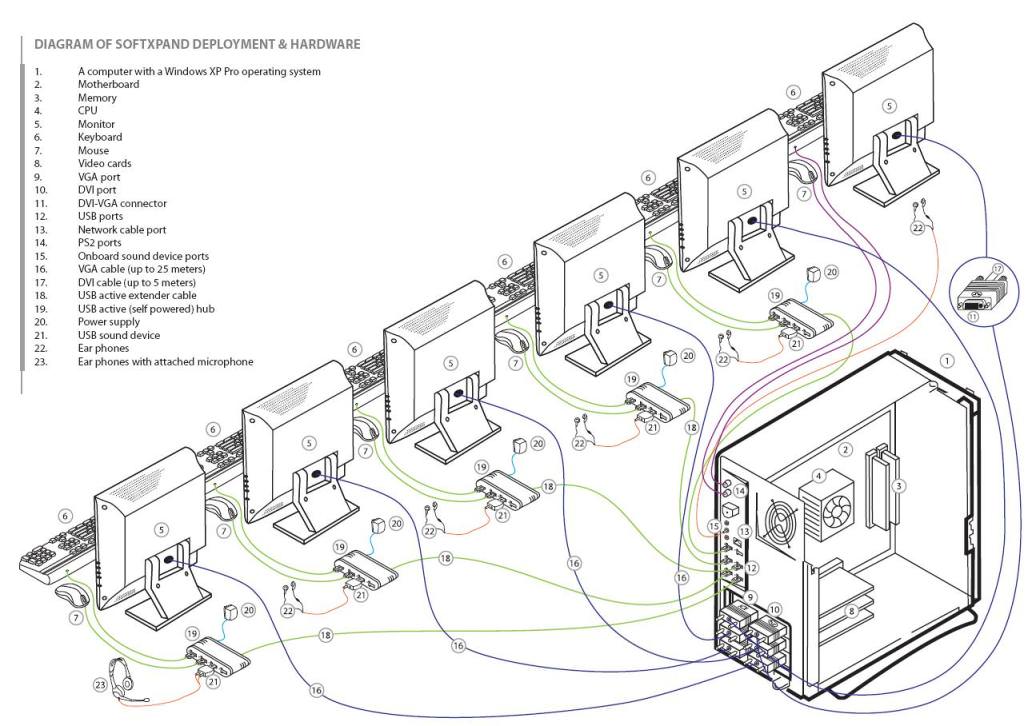

- Ibik aster sound from only one workstation serial#
- Ibik aster sound from only one workstation Patch#
- Ibik aster sound from only one workstation software#
- Ibik aster sound from only one workstation Pc#
The aim of the Linux Console developers is to enhance and reorganize the input, the console and the framebuffer subsystems in the Linux kernel, so they can work independent from each other and to allow multi-desktop operation. It is a back port to Linux-2.4 of the Ruby kernel tree.
Ibik aster sound from only one workstation Patch#
Backstreet Ruby is a kernel patch for the Linux kernel. In that time, the Linux Console Project also proposed an idea to use multiple independent consoles and then multiple independent keyboards and mice in a project called "Backstreet Ruby". Other solutions appeared in 2003, such Svetoslav Slavtchev, Aivils Stoss and James Simmons worked, with the evdev and Faketty approach modifying the Linux kernel and letting more than one user independently use the same machine. Earlier they worked on a kernel-based approach to a multi-station platform computer, but abandoned the idea due to a problem with multiple video card support.
Ibik aster sound from only one workstation software#
In 2002 a Canadian company, Userful Corporation, released Userful Multiplier, a multiseat Linux software solution that enables up to 10 users to simultaneously share one computer. In 2001, Thinsoft BeTwin offered a multiseat solution for Windows, utilizing multiple graphics cards and peripherals attached to a single host PC. This method received the name of multiseat or multiterminal. This was done using a patch in the display server to execute several instances of X at the same time such that each one captures specific mouse and keyboard events and the graphical content.
Ibik aster sound from only one workstation Pc#
Support for multiple consoles in a PC running the X interface was implemented in 2001 by Miguel Freitas, using the Linux operating system and the X11 graphical system (at the time maintained by XFree86). These systems would retain a physically secure " root console" for system administration and direct access to the host machine. With the advent of Internet Protocol based networking, it became possible for multiple users to log into a host using telnet or – for a graphic environment – an X Window System "server".
Ibik aster sound from only one workstation serial#
Early terminals were connected with RS-232 type serial connections, either directly, or through modems. In the 1970s, it was very commonplace to connect multiple computer terminals to a single mainframe computer, even graphical terminals. For example, buying one high speed CPU, usually costs less than buying several slower CPUs. In some situations such multiseat are cost-effective because it is not necessary to buy separate motherboards, microprocessors, RAM, hard disks and other components for each user. Multiseat setups are a return to this multiuser paradigm but based around a PC which supports a number of zero-clients usually consisting of a terminal per user (screen, keyboard, mouse). With the advent of personal computing this paradigm has been largely replaced by personal computers (or one computer per user). Especially in the early days of computing when computers were extremely expensive the usual paradigm was a central mainframe computer connected to numerous terminals. Since the 1960s computers have been shared between users. 4.3 Michigan State University research in Tanzania.4.1 World's largest multiseat computer deployment.2.1 Time line, commercial multiseat software evolution.


 0 kommentar(er)
0 kommentar(er)
